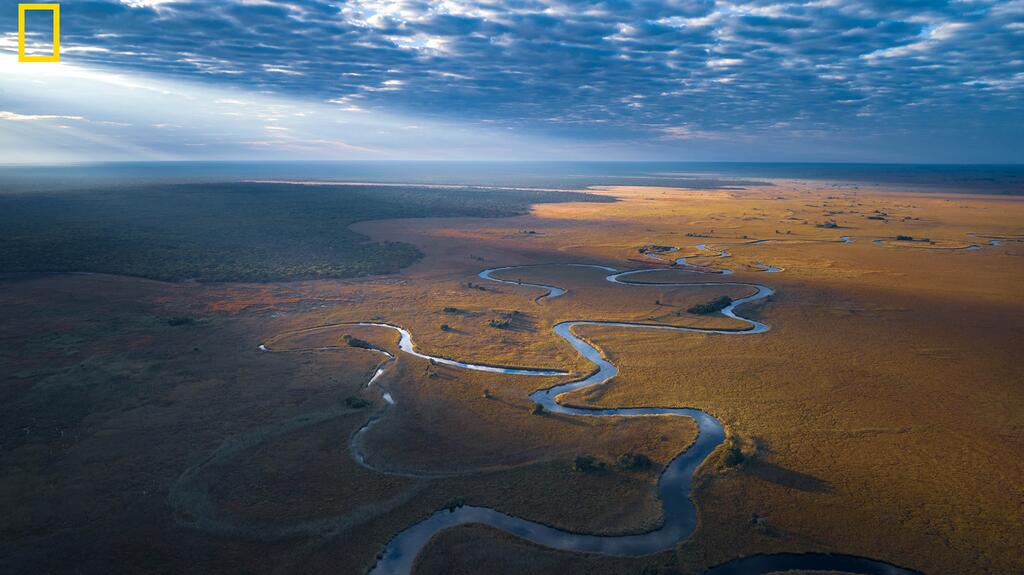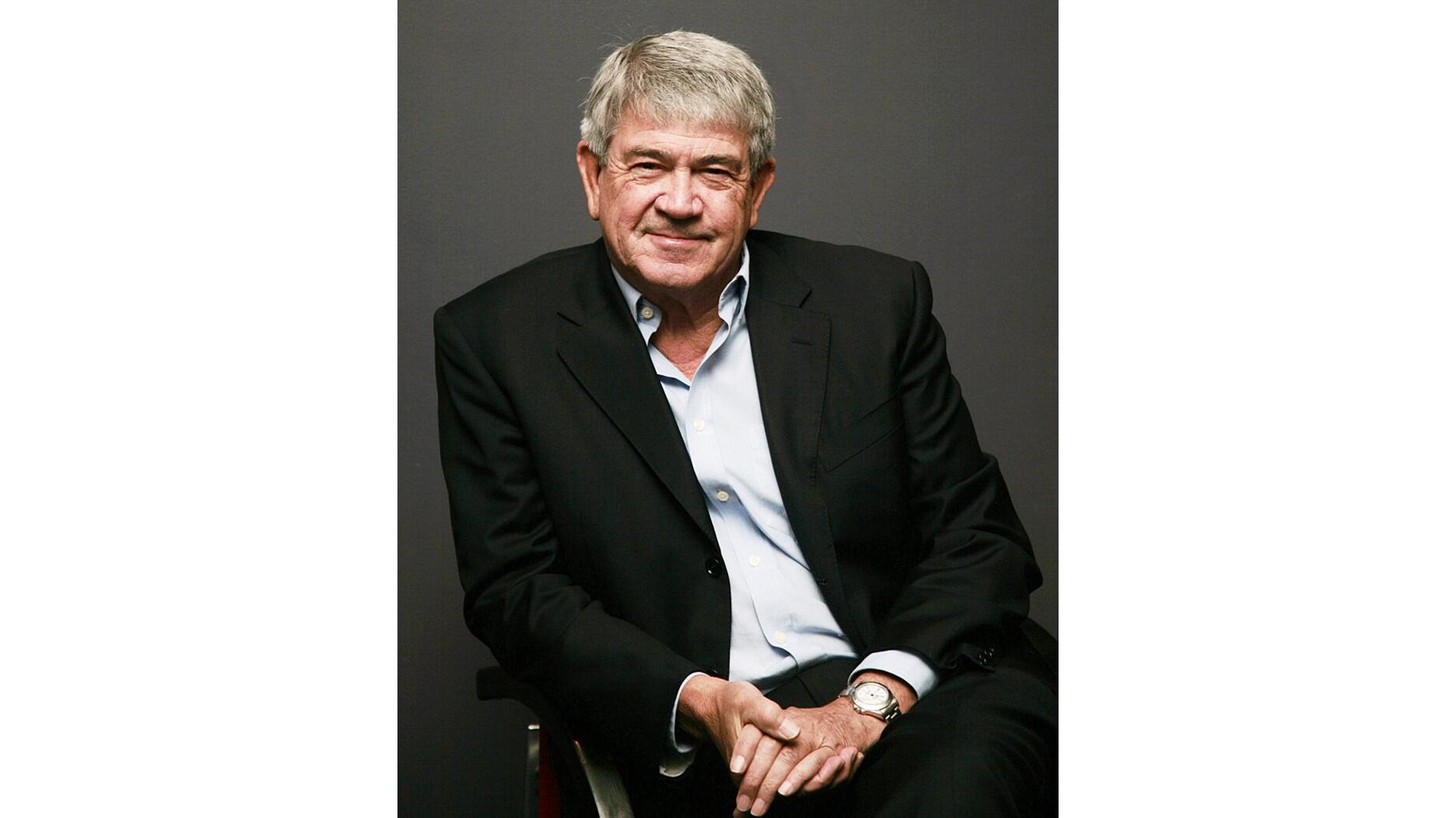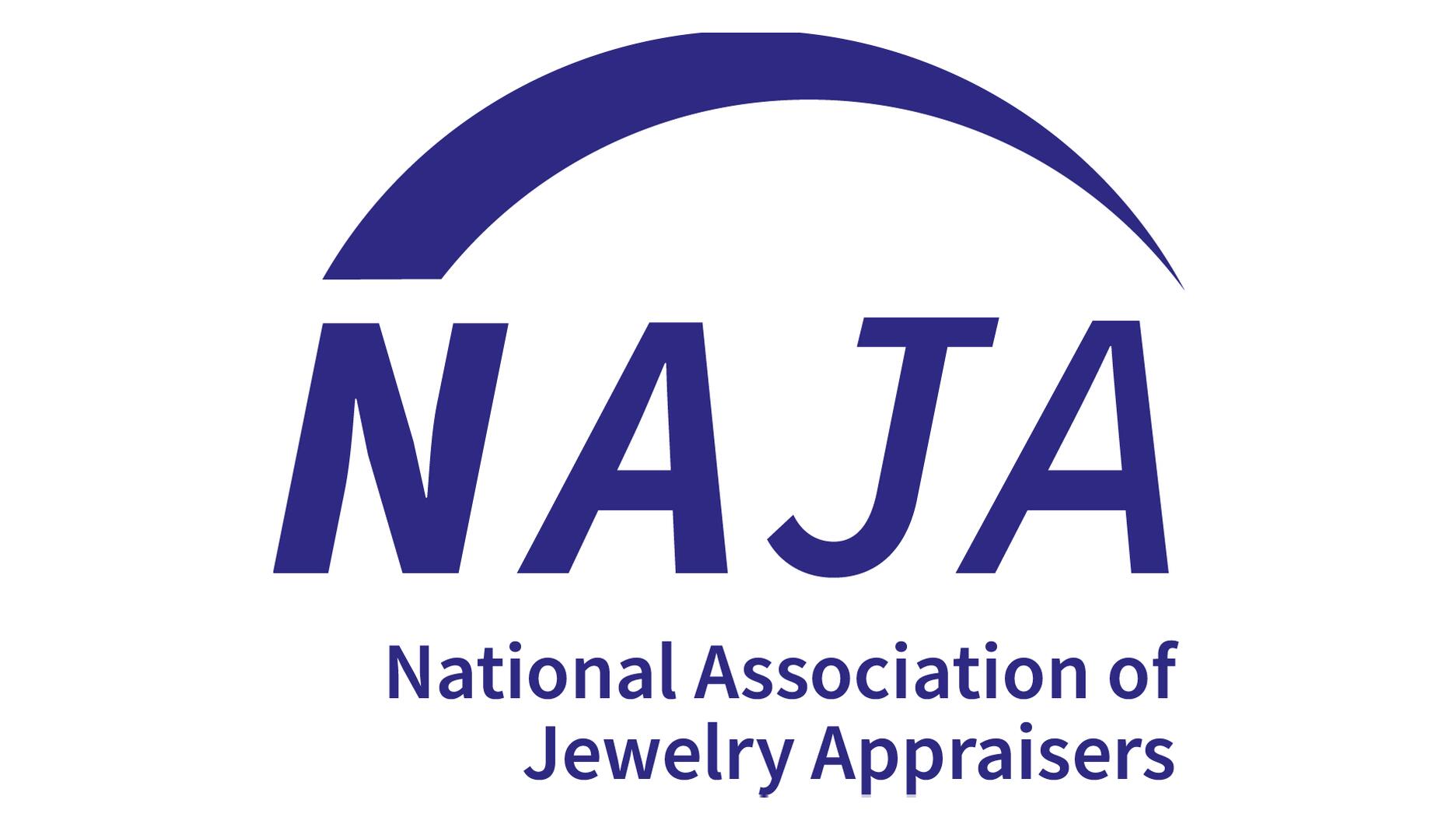De Beers Is Bringing Back Its ‘A Diamond Is Forever’ Ads
It also has a new sourcing program called Code of Origin and a partnership with National Geographic to help protect the Okavango Delta.

In Las Vegas, De Beers Group announced plans for a new marketing campaign built around the iconic tag line but updated for a new generation, said Chief Brand Officer David Prager.
The campaign, which is expected to launch in late October, is the company’s first campaign branded as “De Beers” but not focused on De Beers Jewellers since the late 1990s.
De Beers is releasing limited details about the campaign right now, but a couple things are clear.
It will promote the natural diamonds De Beers Group sells across its properties—at De Beers Jewellers stores, via Forevermark and, eventually, through the new Code of Origin sourcing program. (Lightbox, the company’s lab-grown diamond line, is not branded as De Beers and will not be part of this campaign.)
And De Beers said the campaign will be inclusive, in terms of the people represented, the moments celebrated and the jewelry worn, featuring designs sold at De Beers Jewellers stores and by Forevermark.
In addition to its new campaign, De Beers will also invest in communicating about its environmental and social programs, something the company sees as key in speaking to younger consumers today, millennials and—to an even greater extent—Gen Z, the diverse generation that follows.
In an interview with National Jeweler Wednesday, De Beers Executive Vice President Stephen Lussier said Gen Zers are even more socially aware than their older millennial peers and “very brand-oriented” in the luxury space.
They want to be part of the brands they follow and invest in, and they want those brands to not just “do no harm” but to actively be making positive change in the world.
De Beers does a lot of good in the communities where it mines, Prager said in the same interview, but consumers haven’t necessarily been getting the message.
“No matter how good our story has been, it’s been very difficult to connect a consumer to it.”
In late 2020, De Beers announced “Building Forever,” a set of goals it hopes to achieve by 2030 that are built around four pillars: protecting the environment, fostering equal opportunity, partnering for thriving communities, and leading ethical practices across the jewelry industry.
On Wednesday, the company announced a new partnership that will aid in its environmental goals.
“Okavango Eternal” is a partnership between De Beers and National Geographic aimed at protecting the source waters of the Okavango Delta and the lives and livelihoods they support.
The Okavango Delta is located in northern Botswana and holds protected status. But the delta originates from the unprotected Okavango Basin, which spans southern Angola, eastern Namibia, and northern Botswana, fed by rain from Angola’s highlands.
National Geographic has been working since 2015 to secure permanent, sustainable protection for the basin through its Wilderness Project.
Now, De Beers joins National Geographic in its mission, making a five-year commitment to provide money and resources to protect endangered species in the area, support conservation resources, ensure water and food security for more than 1 million people, develop livelihood opportunities for 10,000, and raise awareness about the importance of the Okavango Delta.

The return of “A Diamond Is Forever” and the National Geographic partnership were just two of the announcements De Beers made Thursday at its annual breakfast event in Las Vegas.
The diamond miner and marketer also announced a new source program that opens up mine-to-market traceability to a broader swath of the industry, De Beers Code of Origin.
Code of Origin will enable participating retailers to say, “This is a De Beers diamond,” even if it is not Forevermark.
Under the program, a unique code will be inscribed on the table of De Beers diamonds larger than 0.30 carats. It will serve as proof that the diamond is natural and conflict-free, originating from one of De Beers’ mines.
De Beers will not be providing the exact mine of origin with each diamond, Lussier explained in Wednesday’s interview. Jewelers will be able to say the De Beers diamond was mined in either Botswana, Namibia, South Africa, or Canada.
“Knowing [exactly] where a diamond comes from; it’s not that important,” Lussier said. “What I really want to know is, what positive impact does it have where it comes from?”
Code of Origin is still in what De Beers called the “learn to scale” phase, though the goal is that the majority of diamonds De Beers sells into the market will carry this code.
De Beers is looking for more development partners for Code of Origin as it aims to expand the program in 2022.
The Latest

The couple pleaded guilty to concealing at least $127 million in cash transactions at its precious metals businesses.

Consumers shared concerns about prices, inflation, tariffs, trade, and politics in the survey’s write-in response section.

In February 2026, the auction house will move its headquarters to the former Steinway Hall, a neoclassical landmark on Billionaires’ Row.

How Jewelers of America’s 20 Under 40 are leading to ensure a brighter future for the jewelry industry.

The new show will take place Jan. 23-25, 2026.


The LVMH-owned brand has partnered with the costume design union to revamp its award for 2026.

The luxury titan inked a deal to acquire an initial minority stake in the jewelry manufacturer with a pathway to full ownership by 2032.

Roseco’s 704-page catalog showcases new lab-grown diamonds, findings, tools & more—available in print or interactive digital editions.

The company’s curation of unsigned vintage and estate jewelry debuted at the Bloomingdale’s in Costa Mesa, California.

In the recent multi-shipment seizure, CBP also found counterfeit Audemars Piguet, Moncler, and Chrome Hearts items.

Helzberg’s Chief Retail Officer Mitch Maggart shared details about its tests of a new store concept rooted in an elevated luxury experience.

Jewelers of America execs and National Jeweler editors discuss tariffs, the sky-high gold price, and the engagement that broke the internet.

The luxury goods company said founder Ippolita Rostagno will remain at the brand’s helm.

Laura Burdese, who joined the Italian luxury brand in 2022, will take on the role in July.

The National Jeweler editors revisit the most noteworthy industry happenings and design trends from 2025.

Need a gift for the cat lover who has everything? Look no further than our latest Piece of the Week.

It purchased the “Grosse Pièce,” an ultra-complicated Audemars Piguet pocket watch from the ‘20s, for a record-breaking price at Sotheby’s.

The lab-grown diamond grower now offers custom engagement and fashion jewelry through its Kira Custom Lab Jewelry service.

Chandler got his start at Michelson Jewelers and has served as DCA president and CEO since 2001. He will retire at the end of the month.

The boutique is slated to open this week inside Terminal 8, offering pre-owned Rolex watches and more to international travelers.

Sponsored by Digital Monitoring Products

The special-edition egg pendant ingested in a New Zealand jewelry store was recovered after a six-day wait.

Associate Editor Natalie Francisco plays favorites with Piece of the Week, selecting a standout piece of jewelry from each month of 2025.

The “Love and Desire” campaign is inspired by the magic that follows when one’s heart leads the way, said the brand.

Two awardees will receive free tuition for an educational course at the Swiss lab, with flights and lodging included.

Berta de Pablos-Barbier will replace Alexander Lacik at the start of January, two months earlier than expected.

Sotheby’s held its first two jewelry sales at the Breuer building last week, and they totaled nearly $44 million.




























